The figureheads play several roles: on the one hand, they are used as
decoration but also have a symbolic function , a mixture of religion and
superstition. Certain sailors compare the ship to a body living and the figure
with its prow is her heart. The figure protects the ship against the storms and
the phantoms and should carry out the boat on the good road. The purpose of
certain figures were only to frighten and move away the enemies.
|

|
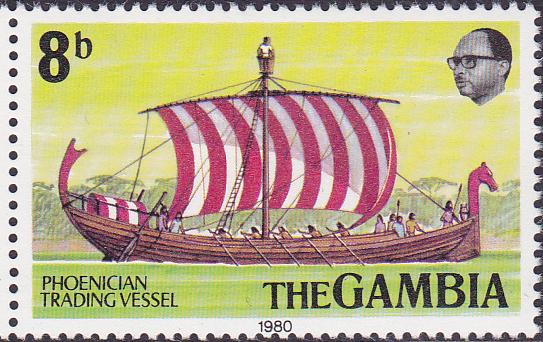
|

|
| Initially divine symbols, crowned
animals or both decorated the ships. For example all the boats of Queen
Hatchepsout carried a flower of lotus. On the Roman and Greek ships, the
animal heads, the naked crocodiles, hippocampi, naked men and the busts of
a god were familiar. |
With the eye painted on the prow,
the boat should find her way by all the seas. With at the poop the head of
a goose, the symbol of the eternal floatation. |
|
|
|
|
|
|
|

|

|

|
|
The dragon head on the Viking boat was to frighten enemies and to cause
terror. According to the accounts, some heads of dragon were dismountable,
in order to avoid showing them during navigation in the domestic seas. In
Bangkok, ceremonial Royal Barges are
propelled by 40 rowers and are orned by figures taken from Thai mythology, Ramakian.
|
|
|

|
|
|
|
The Royal Barge Suphannahong ("the Golden Swan" or the
"Phoenix"), 46 m long, was built in 1911 during the reign of Rama VI with a
bow resembling a mythical swan, or hong, adorned with gold lacquer and
glass jewels. The name Subanahongsa refers to the swan-like
mythical steed of the Hindu God Brahma which appeared in Thai lore during
the Ayutthaya Period.
|
|
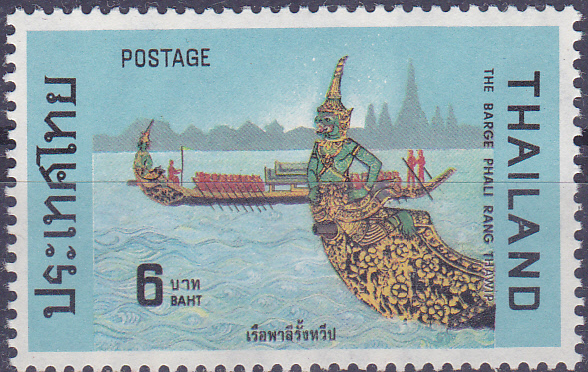
|

|
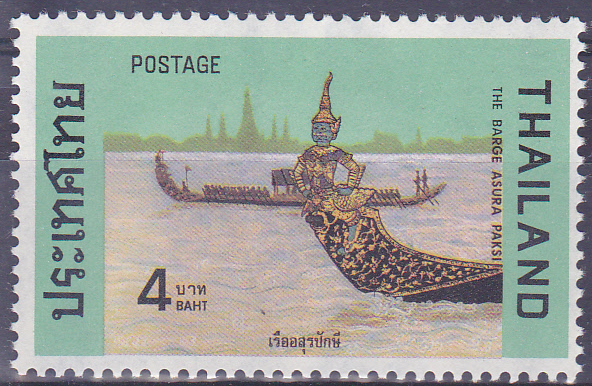
|
| PHALI RANG THAWIP: the Crowned
Green Monkey intrepid warrior pulling the continents. |
The KRABI RAN RON RAP presents on her prow the monkey god
Hanuman, described strong enough to move mountains, to kill out of the
demons and to compete speed with Garuda, the bird of Vishnu..
|
ASURA PAKSI carries a demon, half ogre, half bird.,
built during the first reign of the Bangkok period, she is 30 m long and
is operated by 40 rowers.The figure of the
demon at the bow is ahole for a 65 mm caliber ancient cannon.
|
|
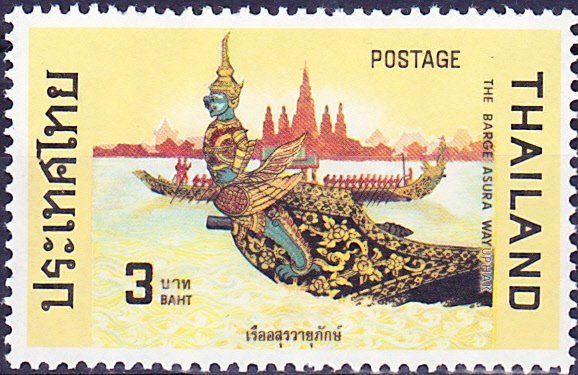
|

|
|
ASURA WAYUPHAK, escort barge, .has a figure of the demon half ogre, half
bird, where the bow is ahole for a
65mm caliber ancient cannon.
|
SUKHRIP KHRONG MUANG is decorated
with a figure of the valiant monkey-warrior, crowned and whose mouth also
hides a cannon.
|
|
After having disappeared,
the figureheads reappear, with the abandonment of the round ships for
thinner boats, the galleons. A bowsprit is fixed at front, to make it
possible the boats to place more sails. An excellent place for the
figurehead of the boat is below this bowsprit.
|
|

|

|

|
| One of the most popular figureheads
during 17th and 18th centuries was the lion, a symbol of bravery and force
as on the VASA or HMS HOGUE |
HVALFISKEN (the whale) is
bought for the service between Copenhagen and the west coast of Greenland.
Her figure, carved by H.J.Moen in Denmark represents a fantastic animal,
half whale, half fish, with a covered body of scales and the water running
of the head. |
|

|
|
GOLDEN HIND, legendary ship of Sir Francis Drake
carried a gilded hind (Golden Hind) as figurehead. |
|
The popular beliefs see
figureheads like beautiful women. However, the men and the women are
represented almost also. Or even cherubs. |
|

|

|

|
|
HMS ARIADNE (3rd of the name): the figure represents ARIANE, girl of
Minos king of Crete and Pasiphaé, presented like immortal in Greek
mythology.
|
The corvette RINALDO carries the chief of the
robbers Rinaldo Rinaldini as figurehead. Rinaldo was a
'noble' robber who prohibited any violence against women. . |
The steam corvette DOM
AFONSO in honour of crown prince to Brazil born in 1845,
represented by a figure of cherub.
|
|
At the 18th century the animals
were replaced by gods and heroes. The gods and goddesses protect the ship
and sailors. The goddess of the Victory or the god of the War is thus
often represented.
|
|

|
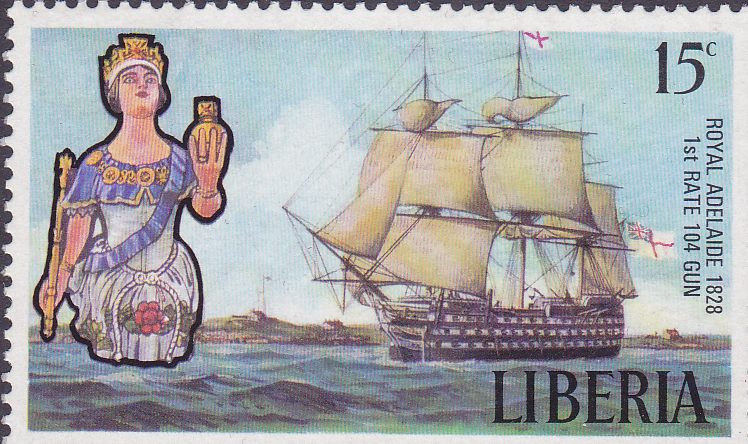 |
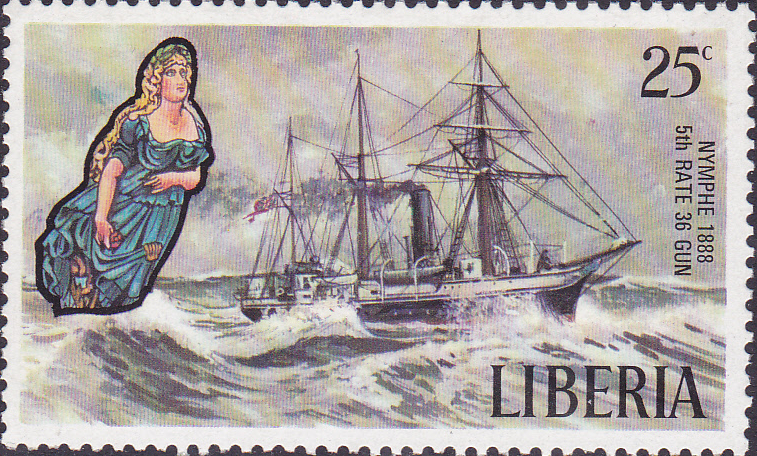 |
| The figure of HMS AJAX
is a half-length bust in classical armour and plumed helmet. HMS AJAX was
a vessel of 3rd rate of 74 guns, built in 1809 and engaged at the blockade
of Toulon in 1810. |
The figure of HMS
WINDSOR CASTLE (and not of ROYAL ADELAIDE) was carried out in Blackwall in
1854; it represents Queen Victoria carrying the sphere and the
sceptre. |
The figure of HMS
NYMPHE (1888) wears classical garments with a wreath in her hair and
holds a posy of flowers in her right hand. |
|
Joining again with the ancient
tradition, the Greek navy, at the time of the Independence war, is armed
with ships to the names of gods or famous characters of Antiquity (Ares,
Epameinondas) and decorates the prows with wooden figures.
|
|

|
 |
 |
|
Representation of the Greek god of war Ares on a
ship ARIS armed by Andreas Miaoulis, commanding Greek naval forces
during the Independence war
|
The god Ares of brig ARIS, a man-of-war of
Independence war armed with 16 guns by Anastasios Tsamados (1774-1825),
admiral of Miaoulis.
|
Figure of EPAMEINONDAS: during the Independence war,
EPAMEINONDAS was a Thebes general victorious on Sparte.
|
|

|
 |
 |
|
The largest man-of-war during Independence war, AGAMENON, of
Laskarina Bouboulina (1771-1825). Under the name of SPETSAI, she is burned by
Andreas Miaoulis at the naval battle of Poros, in 1831.
|
Corvette KARTERIA (Endurance) is the first steamer engaged in
military operations
|
Figurehead of a
Skafia ship, preserved at Heraklion. |
|
Richly decorated, the VASA presented
at the prow and the poop many lions, heraldic symbol of Sweden.
|
|

|
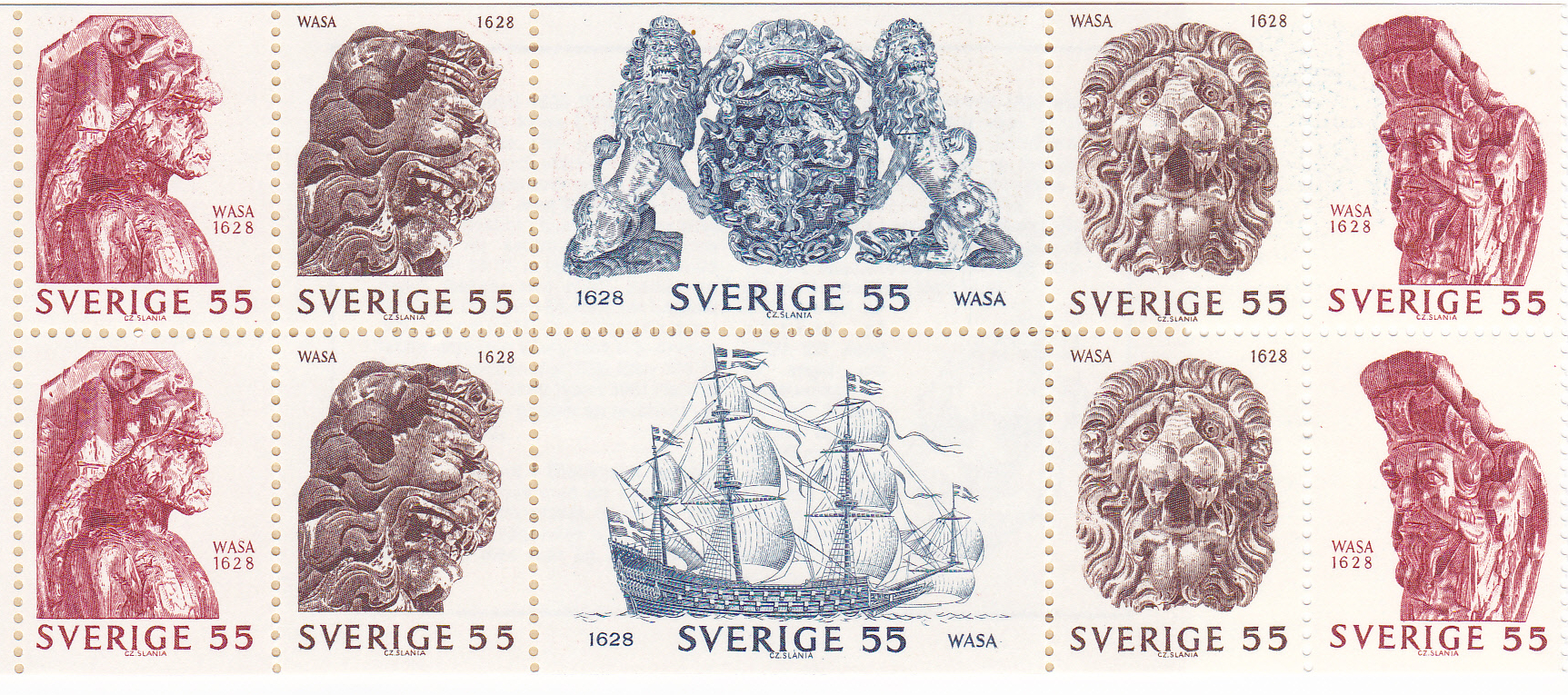 |
|
At the top of prow, a 4 meters length lion weighing 450 kilo is in
position of attack, ready to jump on its prey, the muscles tended.
|
The armorial of
Sweden, surmounted of the royal crown are held by two lions. The whole
sculpture, 3.20 meters height and 2 meters tall, was covered with
gold sheets and was painted. |
|
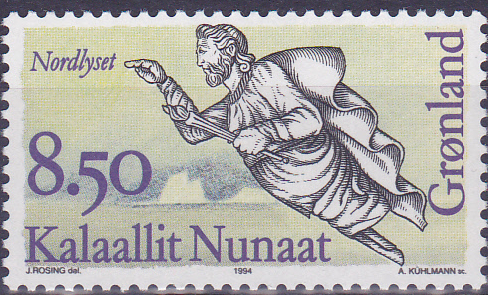
|
 |
 |
|
NORDLYSET built in 1851, made 73 voyages in 73 years.
|
Figure of brig TJALFE (1853)
at Danish
maritime museum in Kronborg |
CERES barque of 1867
scrapped in
1931 after 77 trips around Greenland. |
|
The Roman goddess of victory, Victoria, named Nike in Greek mythology,
represented with crowns of sheets of bay-tree and oak, is at the prow of ship of the Line KARL XIII,
built from 1805 on plans drawn up as early as 1799 by Chapman. |
 |
Made of
pine and painted vhite, the figure is now on display at Navy museum at Karlskrona. |
|
Today the training ships perpetuate
the tradition of the figureheads.
|
|

|
 |
 |
|
GORCH FOCK carries albatross
|
CHRISTIAN RADICH
shows a woman with fair hair |
A condor represents the force on
the Chilean coat of arms and on ESMERALDA, Navy training vessel. |
|

|
 |
 |
|
EAGLE, US training ship,has an eagle on her prow..
|
At the prow of SAGRES, a
bust of Henry the sailor |
|

|
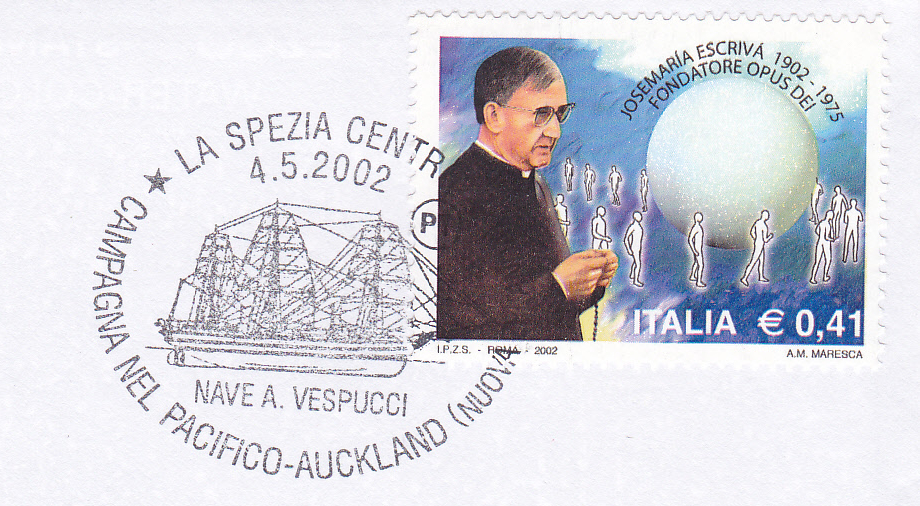 |
 |
|
The figurehead out of carved wooden of LIBERTAD
represents Freedom in the shape of a young woman wearing a long fluid dress.
|
On AMERIGO VESPUCCI a representation
of the explorer. |
|
|
|
|
|
|